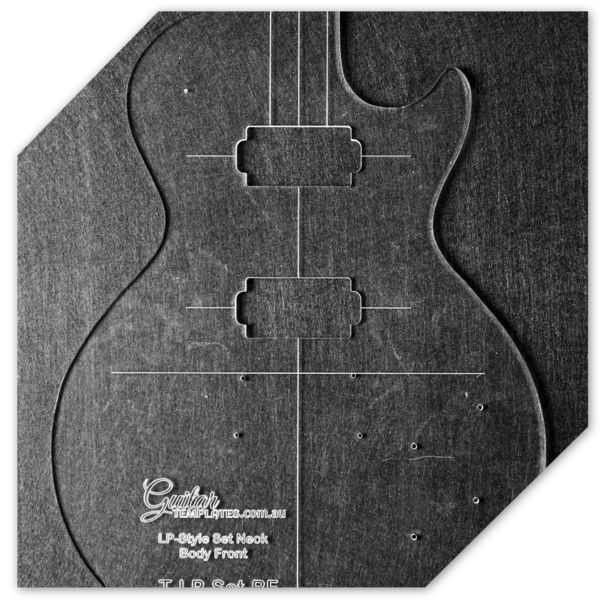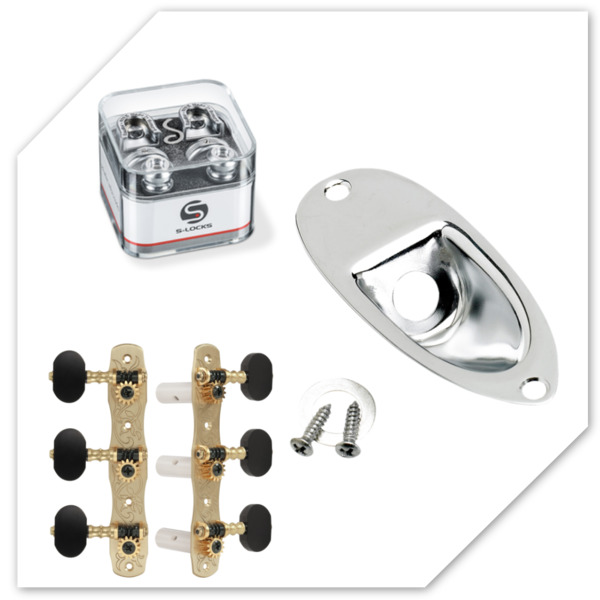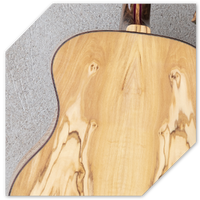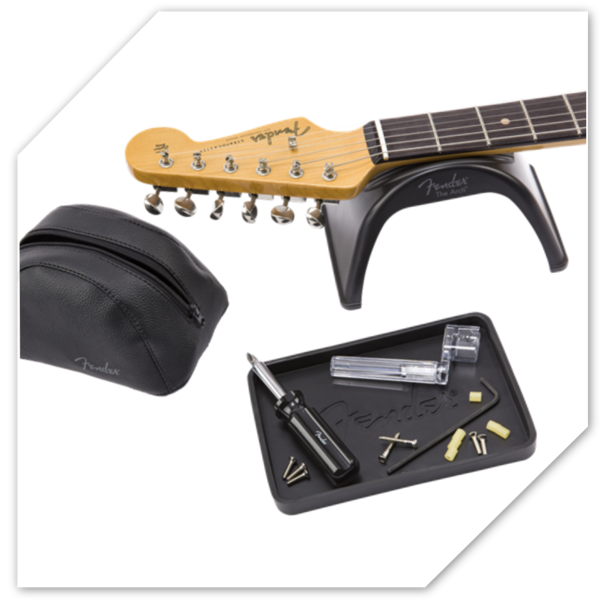Soundboard Bracing: The Hidden Artistry of Tone
Author: KMcAulay Date Posted:17 January 2025
Acoustic Guitar Soundboard Bracing: The Hidden Artistry of Tone
Acoustic guitar soundboard bracing is a crucial element in shaping the instrument's tone, sustain, and overall sound quality. The following is an overviewof some of the most common and innovative bracing patterns used by luthiers today.
X-Bracing
X-bracing is the most widely used pattern in steel-string acoustic guitars. Developed by C.F. Martin & Co., this design features two main braces that cross to form an "X" shape
.Variations:
- Standard X-bracing: Provides a balanced tone across the spectrum
- Forward-shifted X-bracing: The "X" is moved closer to the soundhole, resulting in a warmer, louder tone
- Rear-shifted X-bracing: The "X" is moved towards the base, producing a more intimate tone, especially suitable for dreadnoughts
Scalloped X-Bracing: This modification involves removing parts of the braces, giving them a "scooped out" appearance. It allows the top to vibrate more freely, producing a louder, deeper, and richer sound
V-Class Bracing
Developed by Taylor Guitars, V-Class bracing is a revolutionary design that marks a significant departure from traditional patterns
.Key features:
- Creates stiffness along the centerline of the guitar
- Allows flexibility across the soundboard
- Enhances volume, sustain, and intonation
C-Class Bracing
Taylor's C-Class bracing was developed specifically for their smaller GT body shape
.Characteristics:
- Asymmetrical, cantilevered design
- Emphasizes lower frequencies
- Produces a powerful bass response from a smaller-bodied guitar
Fan Bracing
Commonly used in classical and flamenco guitars, fan bracing features a series of braces that radiate out from the soundhole like a fan
.Benefits:
- Allows for a thinner top and lighter bracing
- Produces a clear, open sound
- Responsive to light touch with long sustain
Ladder Bracing
This simple design consists of horizontal braces running perpendicular to the strings
.Characteristics:
- Often used in budget guitars and some vintage models
- Provides a bright, punchy tone
- Less complex than X-bracing
A-Bracing
Also known as "Adamas Bracing," this pattern features braces arranged in a row from the soundhole to the lower bout of the guitar
.Notable use:
- Employed by Ovation Guitars
- Provides a unique tonal character
Falcate Bracing
Falcate bracing is an innovative design that uses curved braces to support the soundboard. Often used in conjunction with carbon fiber threads.
Key features:
- Curved braces that follow the natural flex patterns of the wood
- Aims to reduce stiffness while maintaining structural integrity
- Can result in increased volume and improved tonal balance
Each of the bracing pattern mentioned offers their own unique tonal characteristics and structural benefits. Luthiers carefully choose and modify these designs based on the desired sound, the guitar's body shape, and the tonewoods used. The art of bracing continues to evolve, with builders constantly experimenting to achieve the perfect balance of strength, flexibility, and tonal richness in their instruments.
We recommend you look into the type of guitar you want to build and the ideal bracing for that style of a guitar. Also, check out some of the recommendations from other builders as they can give you a different perspective. We feel Trevor Gore has a good handle on guitar building, so why not pop over to his site for some great infromation (found here) Goreguitars.com.au










